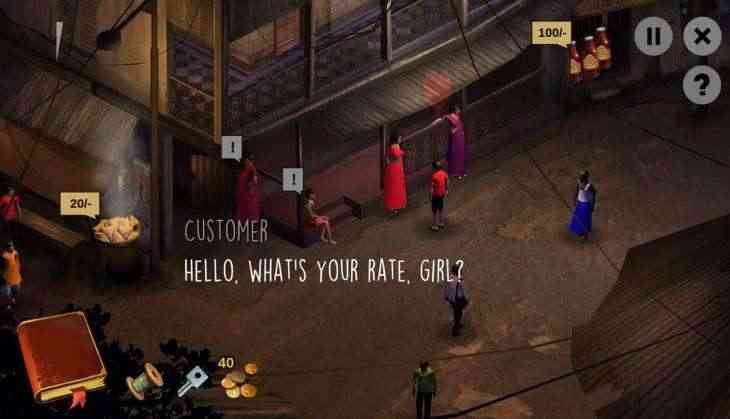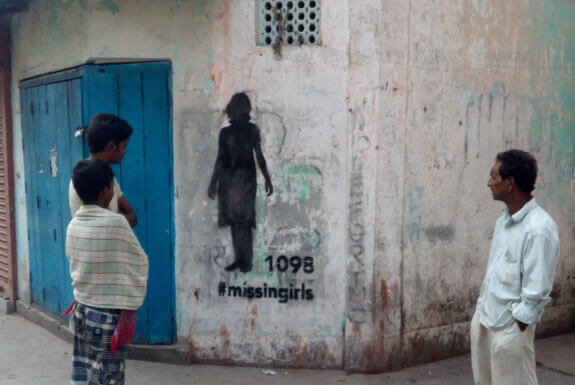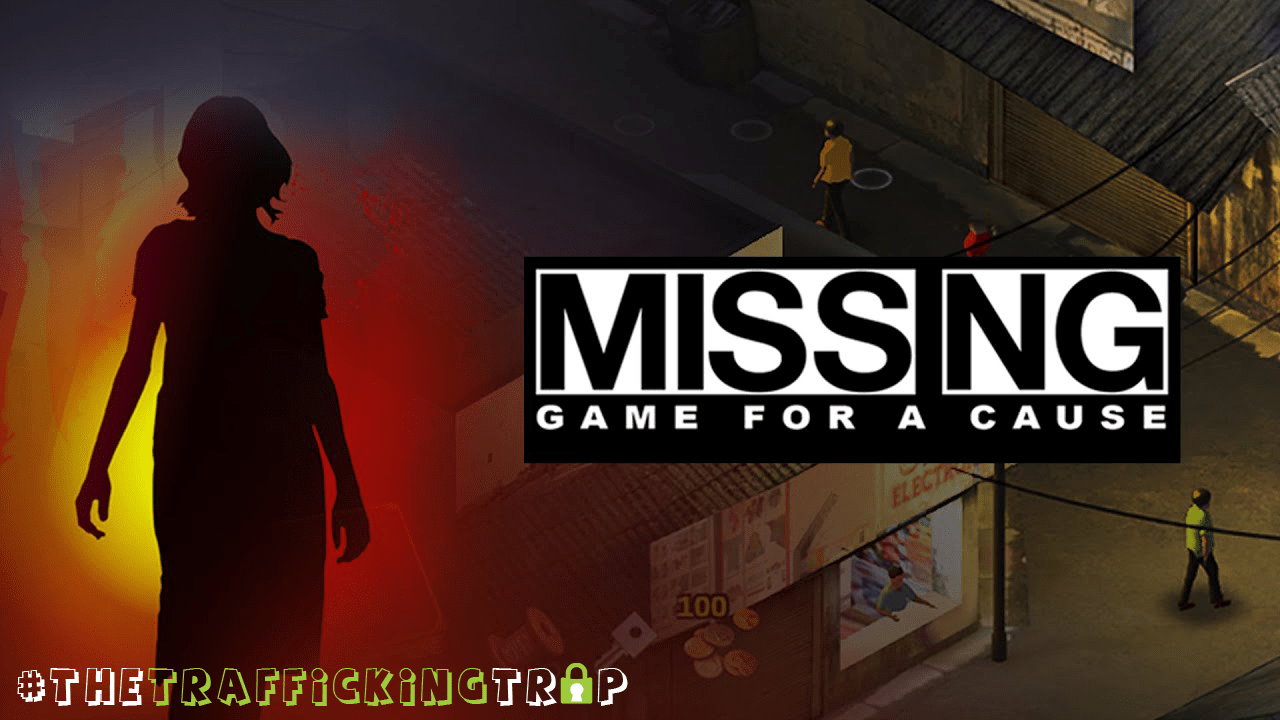Hi! I hope you are safe at home
because right at this moment a girl is being abducted
and nobody will ever know how and why she has gone
MISSING
One is introduced to Missing: game for a cause with these chilling lines. However, in no way are these lines an exaggeration. Home to 98 million victims, India is at the centre of a staggeringly growing human trafficking market. Not restricted to large brothels anymore, traffickers often conduct their dealings in plain sight and yet, manage to evade society’s eyes. While we come to terms with these haunting numbers, several heroes are fighting this evil and spreading awareness about the many ills that fuel this trade. Among the many warriors, stands Missing, sensitizing people one level at a time.
It is possible for you to have mixed feelings when you first hear about the concept of this game. We surely did. However, one of their introduction pages, ‘In empathy for the millions of girls who disappear from the face of the Earth,’ sets the tone of your experience of playing Missing.
Missing: game for a cause, developed by Satyajit Chakraborty along with artist Leena Kejriwal, is an adventure, puzzle and role-playing game designed to make players experience what a missing girl goes through when she is trafficked in to the cruel world of prostitution. In the maker’s own words, ‘Players can hate it or love it but can never be unmoved by it.’
What began as a public art project went on to win the Indie Game of the Year at the NASSCOM Gaming Forum Awards, 2016 and currently has 500K+ downloads. In Missing, players assume the role of a missing girl, making choices and assessing risks for themselves to find their way to freedom. Having two levels, ‘easy’ and ‘hard,’ each level comprises four chapters These chapters reflect the many stages of a missing girl’s life, right from facing her abductors, trading her body for a living, weighing her options for escape and, finally, managing to escape.

Completing each chapter and moving on to the next level gives you the same thrill and sense of victory as experienced in any other adventure-themed game; however, the realization that a girl is living this reality right now, in some dark corner of your city, comes hard on the heels of losing a level.
What makes the game so realistic you ask? The fact that the makers have borrowed heavily from reality. They met survivors in rural Bengal, whom the Missing project helped save and rehabilitate. They visited red light districts of Kolkata to experience the atmosphere and mood of these spaces and had in depth discussion with a survivor, which led Chakraborty to understand the intimate details of the business interaction between a client and the victim. Interestingly, the black silhouette of a girl with the Childline 1098, which is a critical objective in the game, is the real-life symbol of The Missing Public Art project helmed by Kejriwal.

The makers have successfully managed to capture intimate details about the trade and the trials and tribulations of the missing girls, and this plays a big part in generating shock and empathy among the players. There are several compelling reasons why one must give Missing a chance. To begin with, the game succeeds in engaging its players at a deeper level from the word go. It sensitizes players towards the journey of the girl whom they look at as merely ‘selling’ sex, and finally, Missing poses as an empathetic and thoughtful lens for its players.
Social games, such as Missing, allow taboo subjects to enter mainstream conversations. There is a dire need for more such games in order to have uninhibited conversations and to instil empathy and awareness among the masses.
Available on both android and iOS, Missing: game for a cause is a creative genius and a noteworthy example of art for a cause.





